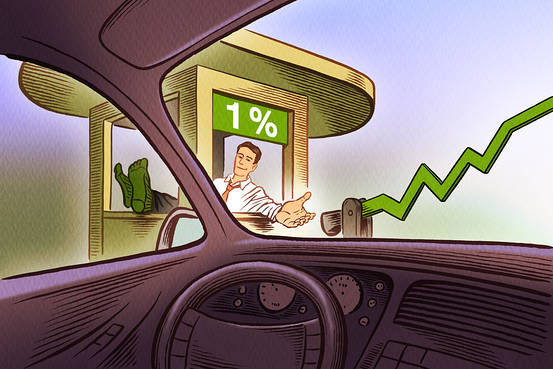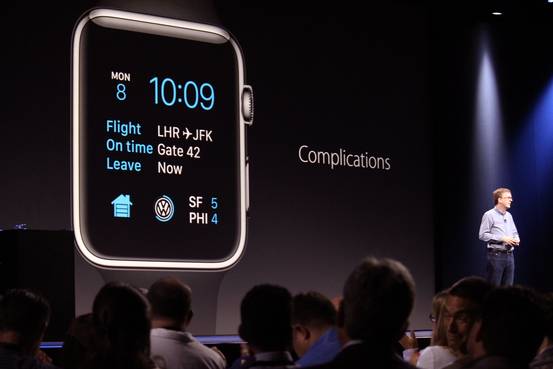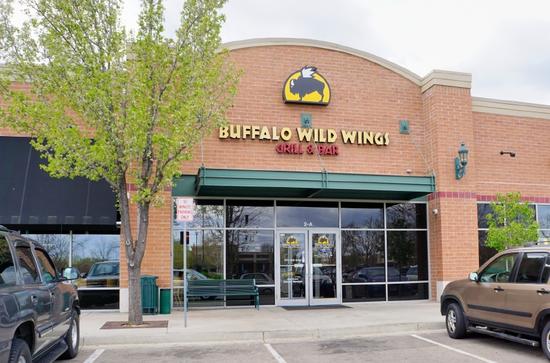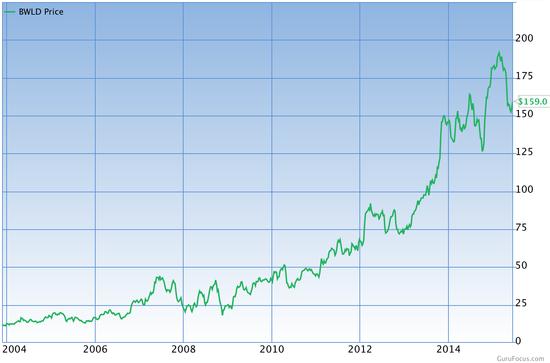Why You’re Paying Too Much in Financial Adviser Fees
The way a financial adviser charges for advice often makes no sense, and it needs to change.
The typical adviser charges absurdly high fees to manage your money, often with mediocre results—but next to nothing to provide financial-planning expertise, which can be hugely valuable.
According to survey data gathered from more than 7,000 advisers by Cerulli Associates, a financial-research firm in Boston, 79% of advisers’ compensation comes from asset-based fees—which may bear little relationship to the services the clients use.
Such charges, typically based on the size of a client’s investment portfolio, vary widely. You might pay as little as 0.25% annually or up to 2% or more. Advisers and analysts estimate that the typical investor likely pays a pinch less than 1%.
But these fees look increasingly bizarre nowadays: For less than 0.1% annually, you can build your own portfolio of exchange-traded funds covering every worthwhile investment in the world. And online “robo adviser” services will manage ETF portfolios for you for 0.25% or less.
Of course, many people require advice that extends well beyond baskets of stocks, bonds or funds: saving for college, managing debt, minimizing income and estate taxes, giving to charity, financing retirement.
That sort of advice can be priceless—yet, oddly, many financial advisers don’t charge separately for it. You pay indirectly, out of the fees you are charged for portfolio management.
This clip of the article on financial adviser fees has been very lightly edited and was originally found at: Why You’re Paying Too Much in Fees – MoneyBeat – WSJ




